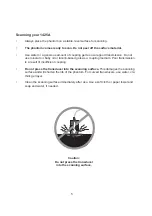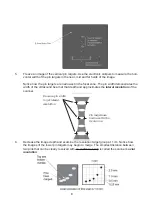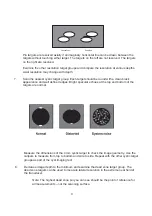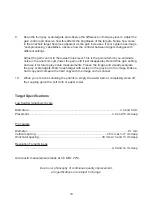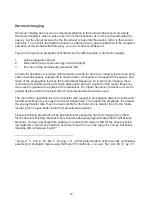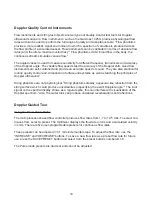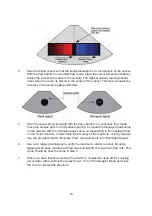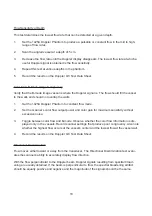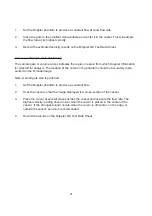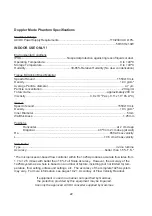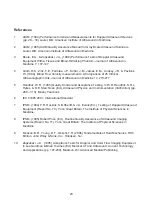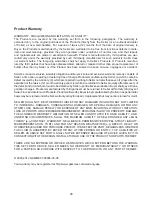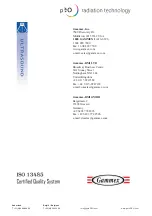
19
1.
Set the 1425A Phantom in constant flow mode and produce a laminar flow with a velocity
low enough that aliasing does not occur.
2.
Scan the horizontal vessel with a sector transducer. Place the transducer so that the central
acoustic axis of the color image is perpendicular to the axis of the vessel. To do this, adjust
the transducer until the top wall and bottom wall of the vessel are both clear on the image.
3.
The “positive” color flow segment should mirror the “negative” color flow segment across
the image of the vessel.
4.
The spectral display should be equally positive and negative, mirroring across the baseline.
5.
Angle the Doppler beam to display flow in one direction only. There should be no evidence
of flow in the other channel.
6.
Record the results on the Doppler QC Test Data Sheet.
Accuracy of Flow Velocity Readout
An accurate estimate of the velocity within a flow pipe, given the volume flow rate, depends on
the velocity profile within the tube. If the profile is assumed parabolic, the maximum velocity inside
the tube is 2x the average velocity. If the flow is turbulent or has some characteristic other than
laminar, then the velocity calculation becomes much more challenging.
Generally, as flow enters a tube, the velocity profile will not be parabolic, but will gradually become
so, depending on flow conditions, rate, and tube diameter. The distance it takes depends on the
nature of the flow profile entering the tube.
The Reynolds number (
Re
) is used to distinguish between different flow classifications, namely
laminar and turbulent flow. Laminar flow occurs at low Reynolds numbers, where viscous forces
are dominant, and is characterized by smooth, constant fluid motion. Within circular pipes, the
critical Reynolds number is generally accepted to be 2100
9
. In order to assume well-known flow
conditions at a measuring point, the inner area of the tube shall be uniform over an entrance
length L that is for a laminar flow.
Where D
i
is the inner diameter of the tube.
L = 0.06
x
D
i
x
Re
Summary of Contents for Optimizer
Page 26: ...26 Notes...
Page 27: ...27 Notes...

